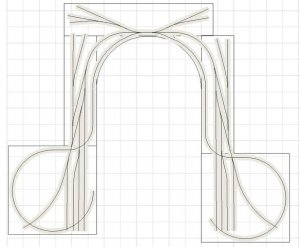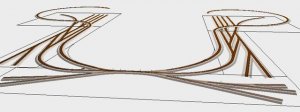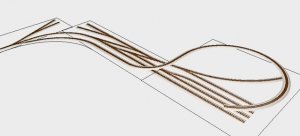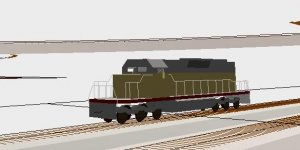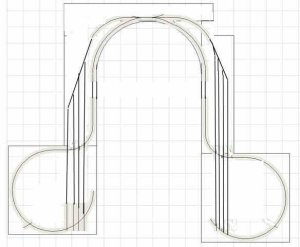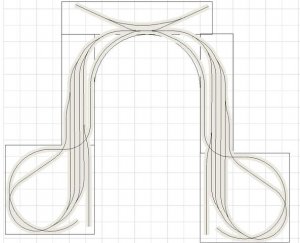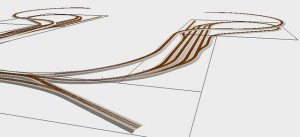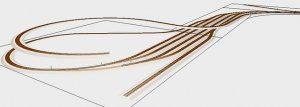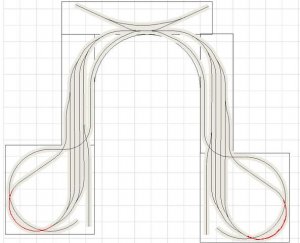Clark,
I am just throwing out these ideas as they come to me... Sounds like you have already thought of most of them... I agree that planning is very important, as well as the track laying. A friend of mine (Mike Hamer - see his layout by going to "Member Layouts" at www.ovar.ca) has much of his staging under a major city - almost completely inaccessible. He laid the track and then ran trains for months before covering it up to make sure that nothing could derail in an awkward spot. If he does get a derailment, he will have to rmove a good part of the city to get it. Now it is made to be removable, but not frequently!
In any case, I hope that my thoughts are still useful and might trigger some ideas on your part, but it sounds as if you've thought this through a million times...!
Andrew
I am just throwing out these ideas as they come to me... Sounds like you have already thought of most of them... I agree that planning is very important, as well as the track laying. A friend of mine (Mike Hamer - see his layout by going to "Member Layouts" at www.ovar.ca) has much of his staging under a major city - almost completely inaccessible. He laid the track and then ran trains for months before covering it up to make sure that nothing could derail in an awkward spot. If he does get a derailment, he will have to rmove a good part of the city to get it. Now it is made to be removable, but not frequently!
In any case, I hope that my thoughts are still useful and might trigger some ideas on your part, but it sounds as if you've thought this through a million times...!
Andrew
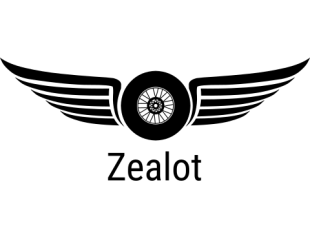

 :thumb:
:thumb: 
